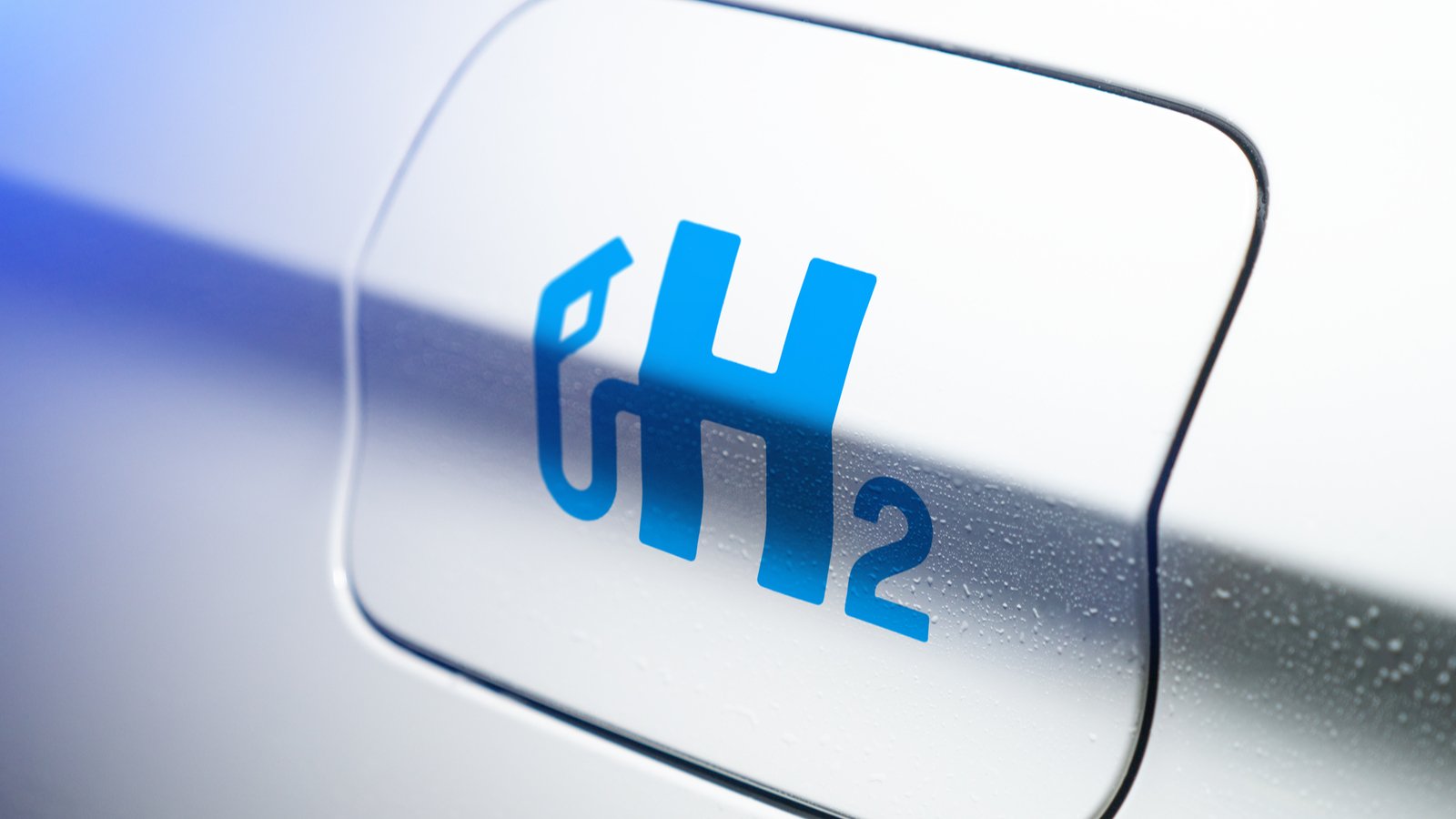Victoria’s Secret took so long to embrace more body positive and diverse branding, that it opened the door for other companies to chip away at its dominance.
Best known for its “very-sexy” marketing, Victoria’s Secret stuck to its script even as shoppers, many of them members of the younger millennial and Gen Z age groups, sought out more inclusive brands.
Victoria’s Secret is still a category leader, with first-quarter sales of $1.554 billion and comparable sales increasing 9% versus the same period in 2019. But its share of the intimates market has roughly halved in the last 10 years, according to Canaccord analyst Austin Moldow, to 15% from 30% previously.
Others remain bullish on the company, however.
“We continue to stress we have never felt so good being so far above consensus and reiterate L Brands as our top idea,” wrote BMO Capital Markets in a May note. BMO rates L Brands stock at outperform with a $90 price target.
L Brands shares have nearly doubled, up 94% for the year to date. The S&P 500 index
SPX,
+0.05%
has gained 14.4% for the period.
But Victoria’s Secret is striking out on its own, separating from Bath & Body Works, and is well behind other companies that have already made gains in the growing plus-size apparel market and body-positive movement.
“This signifies a new dawn for the brand’s advertising, which should follow with more inclusive-sized products,” wrote retail market intelligence platform Edited in a report published this month. “However, its lag has already opened the marketplace up to hyper-successful brands with inclusivity embedded in their aesthetic such as Parade and Savage x Fenty.”
Edited quotes data showing that the plus-size apparel market will reach $697 billion by 2027. “Combined with Gen Z challenging companies to break traditional beauty molds and embrace size-diverse fashion, retailers in 2021 can no longer risk excluding body types from their ranges,” Edited said.
The L Brands Inc.
LB,
+1.07%
spinoff of Victoria’s Secret includes a new name, Victoria’s Secret & Co., and a new brand image. Gone are the “Angels” of the past in favor of a panel featuring soccer star Megan Rapinoe, author/actress/producer Priyanka Chopra Jonas, model and body-positive advocate Paloma Elsesser, and journalist and equality advocate Amanda de Cadenet.
“Through a series of collaborations, business partnerships and cause-related initiatives, we’re bringing new dimensions to our brand experience,” said Martha Pease, chief marketing officer of Victoria’s Secret, in a statement announcing the panel.
American Eagle Outfitters Inc.’s
AEO,
+1.17%
Aerie brand has become a strong challenger to Victoria’s Secret, with American Eagle executives setting their sights on making Aerie a $2 billion brand, not just specializing in underwear but leggings, swim, and other categories that Victoria’s Secret sells.
“Demand for Aerie continues at a rapid pace, driving significantly higher sales, margins and profitability,” said Michael Mathias, chief financial officer of American Eagle, on the company’s most recent earnings call.
Also: American Eagle sales could quadruple as shoppers shift from sweats to mom jeans
Gap Inc.’s
GPS,
+0.55%
Athleta brand, which is also on the rise, announced earlier this year that it has expanded sizing to include sizes 18 to 26, with 70% of the brand’s collection available in these plus sizes by the spring.
And Torrid Holdings
CURV,
,
which specializes in fashion for sizes 10 to 30, has recently filed to go public.
The Edited report notes that the average customer in the U.S. wears plus-size clothing, and both demand and investment from companies is growing.
“As body diversity becomes ingrained in fashion, more straight size
retailers are embracing brands catering to above-average sizes,” Edited said.
Still, there are challenges for the plus-size market, starting with the name. Edited and others say calling items “plus size” makes many shoppers feel set apart.
Plus-sized items are also usually more expensive and are often left out of trends.
These are not new issues, nor is the addition of extended sizes at mass retailers and brands a recent development. But the issue may now be more urgent for brands and retailers.
Read: Adidas launches period-proof tights as athletic companies turn their attention to women
A quarter of respondents to the NPD Group’s March 2021 Trend Tracker survey “felt inclusive and diverse representation within a company’s marketing/advertising that spanned across all ethnicities, sexual orientation, and body types was a key area to focus on when it came to fashion.”
One in five also said that inclusive and diverse representation among company leadership is important.
“To achieve true inclusivity, trends need to be universal across sizes,” Edited said in its report.
Edited says the luxury sector is most vulnerable.
“The market’s unwillingness to evolve when younger generations are so impressionable to inclusivity could see it alienate future profit and consumers to uphold a distorted and outdated image standard,” the report said.





